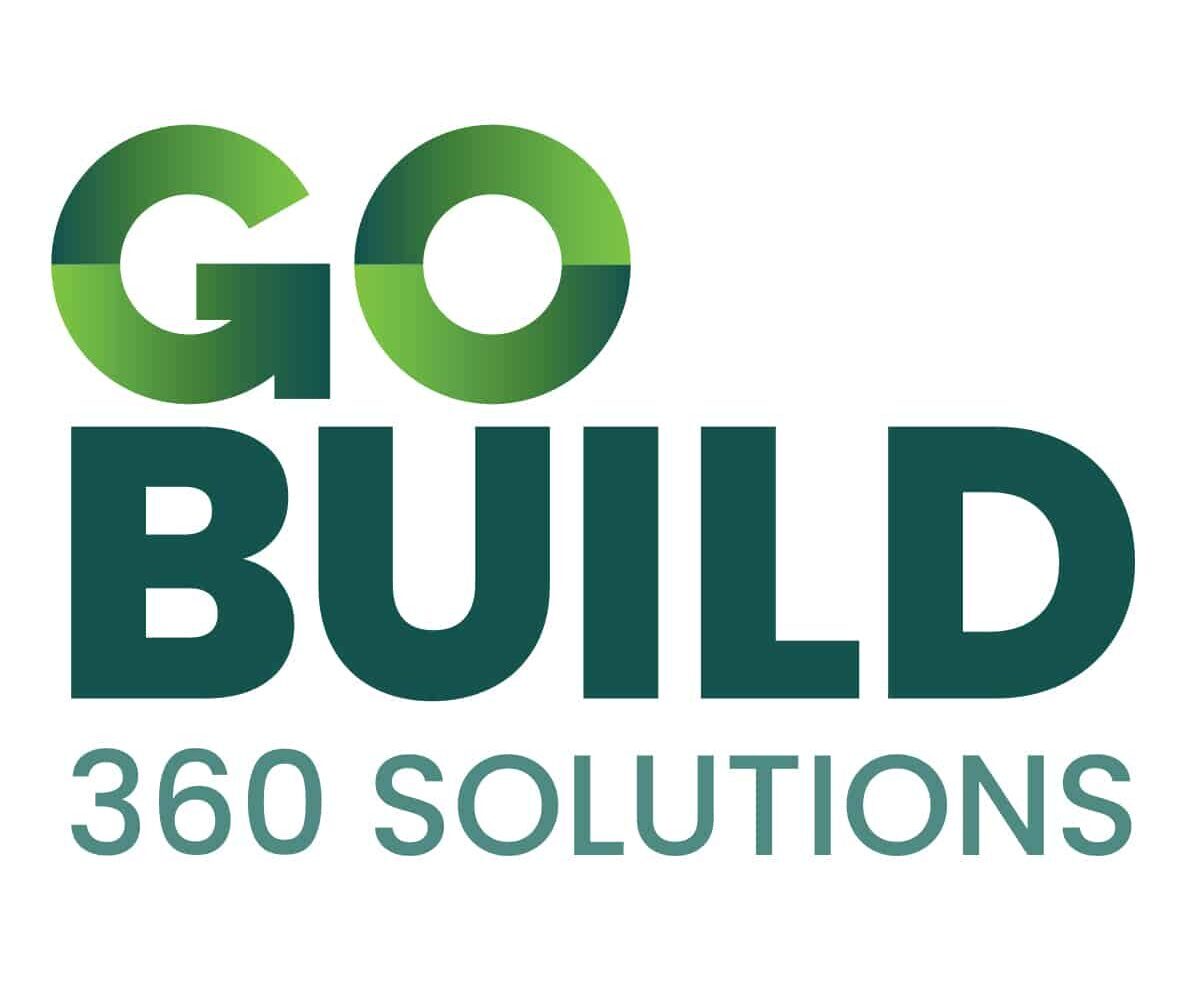Cement production is a complex, precise process, leaving no room for error or chance. We get it. And because of its intricate nature, you have to be cautious about implementing new technology. Any slight deviation could impact your process, jeopardize your product and damage your reputation.
Cement sales and distribution bring their own brand of chaos, adding another layer of complexity to the mix.
Despite these challenges, software developers like GoBuild360 have found a solution. Our technology can streamline your production, sales, and distribution processes, making them more efficient, manageable, and less error-prone.
But there’s a catch.
Legacy systems, the once revolutionary software that sliced operating costs and bolstered efficiency, are now hurdles slowing down your operations. Most of these systems were not designed with the cement industry in mind. And because of that, these outdated systems brim with irrelevant tools, lack integration capabilities, and maintenance costs are through the roof.
So, what’s the alternative?
You need a new, flexible fix known as a Composable Solution.
But what does that mean, and how are they used?
The Problem with Legacy Systems
Most off-the-shelf software and pre-built applications were designed to cater to a broad range of businesses and industries. To that end, they often come with standard features and functionalities that don’t fit your business.
Legacy systems, while reliable and familiar, are actually roadblocks to innovation. And what’s worse? They could be stalling your progress.
Flexible?
For instance, say you want to add a new product line or expand to a new market – can your rigid old system handle that, or will it cause nothing but problems for you and your customers?
Agile?
As for ERP capabilities – is your system able to automate manual tasks like tracking inventory levels and order input by communicating with other systems, or are you breaking the bank on staffing?
Easy to Integrate?
Is your priceless data neatly organized all in one place, or scattered across multiple monolithic systems?
Even if your plant operates with automated systems, chances are they’re unable to communicate with each other.
For instance, consider the common software used in the industry and how it may not be serving you:
- Enterprise Resource Planning (ERP) Systems: ERPs are useful for managing resources and finances. However, many ERPs aren’t equipped to handle the unique logistical challenges of cement distribution.
- Batching/Plant Automation Software: These tools are great at automating the production process but may not provide the exact data you need for strategic decision-making.
- Logistics (Telemetrics) Systems: While they help manage logistics, not all of your carriers use these systems. And if they do, they’re often different from the logistics solution your dispatch team uses.
These old systems were, at one point, the pinnacle of industry excellence and innovation. But software systems are evolving and one-size-fits-all approaches are no longer effective.
The Rise of Composable Solutions
In recent years, nearly all global and multi-national cement producers have developed their own sales and order fulfillment systems and delivery apps. Many industry leaders are doing the same, and now you can too — with Composable Solutions.
What Are Composable Solutions?
“Composable” software systems allow you to choose from best-in-class services, combine these services with your existing legacy systems, and host your solution in the cloud.
That means you get a secure, always available platform built from the ground up to your specifications while serving your customer in ways you’ve only imagined until now.
Each component or module in a composable system performs a specific function. That means you can add, remove, or replace each piece independently without disrupting your entire ecosystem. This modular approach is highly flexible and customizable, allowing you to ‘compose’ a system that better fits your needs.
For cement producers, composable solutions offer several benefits
- Flexibility: Composable solutions easily adapt to meet the changing needs of your business. You have total control over your system and how it works. Want to add a feature? Simply plug it in. Is a function not working for you? Remove it.
- Scalability: As your business grows, the software grows with it. You can add new modules to handle increased demand. And you can scale existing modules up or down as needed. That means no expensive updates or new servers!
- Efficiency: By using modules designed to work together, your plant will be a well-oiled efficiency machine. For example, modules for inventory management can integrate with sales modules to ensure stock levels always match demand.
- Cost-effectiveness: With composable solutions, you only pay for the modules you need. No more paying for a whole suite of features you have no use for.
- Innovation: The flexibility of composable solutions fosters innovation. You can experiment with different modules and configurations to find the most effective solution for your business.
So, if you’re looking for a flexible, scalable, and efficient way to manage operations, a composable system is exactly what you need.
But don’t throw the baby out with the bathwater. Your legacy system still has a place in this new era. Composable solutions are able to plug into your existing system and connect it with the rest of your plant.
Integrating Legacy Systems with New Technologies
Composable solutions are built around three key elements:
- Microservices: These are small, independent tasks that work together to form a complete system. Each microservice performs a specific function and operates independently of the others. So, if one microservice needs to be updated or replaced, it can be done without disrupting the entire system. As for integrating legacy systems, a microservice could be created to handle a specific function of the legacy system, allowing that function to be accessed and used by new technologies.
- APIs: APIs, or Application Programming Interfaces, are the ‘messengers’ that allow these microservices to interact and share information. They define the rules for how different software components should interact, allowing them to work together seamlessly. APIs create a bridge between legacy systems and new technologies, allowing data and functionality to be shared between them.
- Headless solutions: Headless solutions are a type of software architecture where the frontend (the part users interact with) is separated from the backend (where data is stored and operations are performed). This allows for greater flexibility and customization, as changes to the user interface can be made without affecting the underlying data and operations.
Together, these elements form a flexible, scalable system that can adapt to the changing needs of a cement production business. They provide the building blocks for composable solutions, allowing you to create a custom system that fits your business like a glove.
Cloud Deployment
While microservices, APIs, and headless architecture form the backbone of composable software systems, their full potential is unleashed when deployed in the cloud.
Cloud Deployment is the process of hosting software applications on the Internet rather than on local servers. It offers scalability, allowing software to adapt to business growth or demand fluctuations. It’s cheaper, as there’s no need for hardware investment or maintenance. Plus, cloud solutions can be accessed anywhere, offering flexibility for remote work, and they come with robust security measures for data protection.
Real-World Success with Flexible Solutions
To truly understand the power of composable solutions, let’s consider a real-world example.
Let’s say a cement producer has a legacy system for inventory management and wants to implement a new e-commerce platform.
How would these solutions help?
- A microservice could be created to handle the inventory data in the legacy system.
- An API could then be used to connect this microservice with the e-commerce platform.
When a customer places an order on the e-commerce platform, the platform uses the API to communicate with the microservice, checking the inventory data to ensure the ordered product is in stock. This allows the legacy system and the new technology to work together seamlessly, despite their differences.
As for frontend versatility, headless solutions help in several ways:
- Customization: With a headless approach, the user interface can be fully customized to meet the specific needs of the business, without being constrained by the backend system.
- Multiple Frontends: A headless system can support multiple frontends, providing a consistent user experience across various platforms (like mobile, web, and in-store).
- Faster Updates: Changes or updates to the frontend are made quickly and easily, without the need for extensive backend changes. This can help cement producers stay responsive to changing customer expectations or market trends.
GoBuild360: Your Path to Flexibility
Switching to a composable solution doesn’t have to be a daunting task. The key is to find a tech partner who understands the cement industry and will guide you through the process of integrating your old systems into a custom platform.
When choosing a tech partner, consider the following:
- Industry Knowledge: Do they understand the unique challenges and needs of the cement production industry?
- Technical Expertise: Do they have the skills and experience to implement a composable solution?
- Support: Will they provide ongoing support to ensure your system runs smoothly?
GoBuild360, crafted by veterans of the construction industry, is the perfect partner for cement producers seeking a composable software solution.
Our deep understanding of the industry’s unique challenges and needs sets us apart from all the off-the-shelf solutions. We tailor-made our platform with the specific challenges of cement production in mind. With GoBuild360, you’re not just getting software; you’re gaining a partner. We speak your language, understand your hurdles, and we’re committed to simplifying and growing your business.
Our cloud-based, secure, and scalable solution is more than just a tool—it’s a pathway to unprecedented efficiency and future growth.
The Importance of a Support Team with GoBuild360
The dedicated support team provided by GoBuild360 is crucial for the success and longevity of your growth. We stand on guard to protect your business from any online threats or disruptions. That means your GoBuild360 system is always performing at its peak.
Key roles of the GoBuild360 support team include:
- System Maintenance: Regular checks and updates to keep your GoBuild360 system running smoothly.
- Threat Protection: Monitoring for potential online threats and taking action to prevent disruptions to your GoBuild360 platform.
- Troubleshooting: Quickly resolve any issues that arise within your GoBuild360 system to minimize downtime.
With a dedicated support team from GoBuild360, you can focus on what you do best—making high-quality cement. No more worrying about system failure or missed sales.
Embracing the Future of Cement Production with GoBuild360
The cement industry is evolving, and businesses that adapt and innovate will be the ones that thrive. GoBuild360’s composable solutions offer a powerful way to boost efficiency, overcome the limitations of legacy systems, and adapt to the unique challenges of the industry.
By embracing GoBuild360’s solutions, you can:
- Streamline your operations
- Improve efficiency
- Adapt to changing business needs
- Set your business up for long-term success
The future of cement production is digital with GoBuild360, and the time to explore these possibilities is now. Don’t let outdated systems hold you back. Embrace the power of GoBuild360’s composable solutions and set your business up for success in the digital age.
So, ready to take the first step toward digital efficiency with GoBuild360?
Schedule a demo today to learn more about how our composable solutions can transform your business.
Together, we can shape the future of the cement industry.




